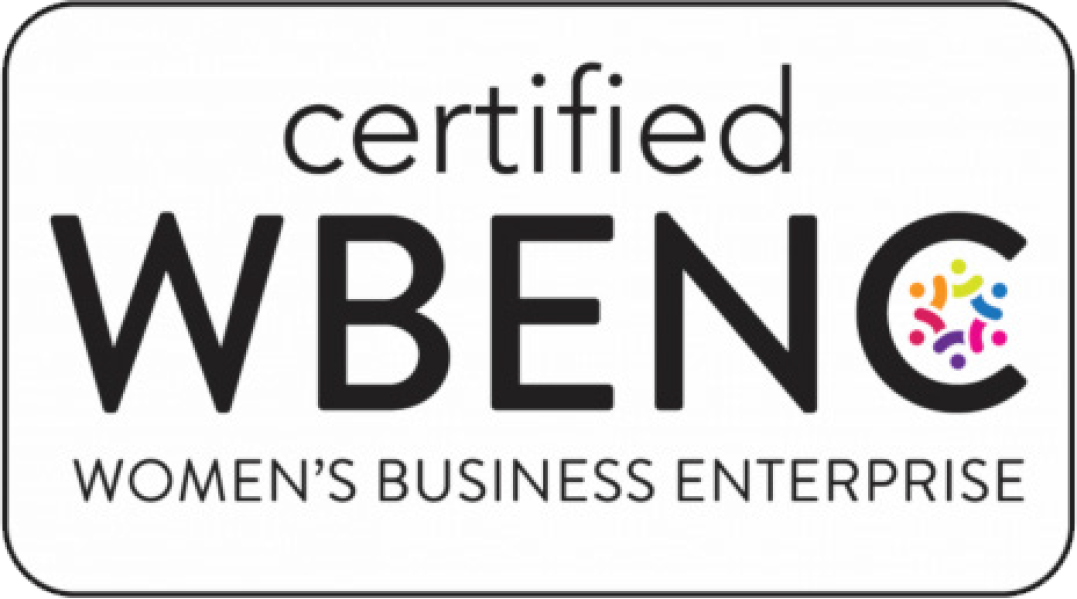At WordsFresh, we’re big fans of Merriam-Webster’s digital presence. I know, as self-proclaimed “word nerds,” it’s no surprise that we follow the social media accounts of a dictionary. But this is one brand that has done an excellent job of reinventing themselves to target a generation of Twitter users who live by spell check and Wikipedia and probably have never even cracked a hard copy reference book.
What’s Merriam-Webster’s secret? They have made themselves relevant again by creating a brand voice and tone on their digital channels that resonate with millennials as well as dictionary users of old. They have created a fresh impression with a tone that is fun, witty, playful and sometimes irreverent. It’s exactly the kind of thing that entertains people on social media.
On the flip side, I recently read a blog post that had multiple personality disorder. Conversational, edgy, academic, it was trying too hard to be multiple things to multiple audiences.
What’s the Difference between Tone and Brand Voice?
It’s important to note that brand voice and tone are two different things. Your brand voice is your brand’s personality. It represents who you are as a company or organization. Think of it like Jiminy Cricket: It should be standing on your shoulder, whispering in your ear, informing all your company’s communications.
Your tone should be an extension of your brand voice but is different in that it can change based on the audience, situation or channel. It’s more of an attitude. Do you want to be playful? Is it more important to sound knowledgeable? Do you want to be upbeat or are you looking for an edge? Your tone can accomplish this.
Determining Your Tone
One of the most important questions to ask as you sit down to write anything for your business communications is “Who is your target audience?” Once you identify your target, the tone of your writing should be geared to connect with that audience. It doesn’t matter if you’re writing a blog post, a tweet, a brochure or a sales presentation. If you don’t have the right personality and attitude for the project at hand, you’re not going to meet your goals.
For example, if you’re writing a whitepaper for a pharmaceutical company, using contractions and colloquialisms might come off as too casual and uninformed.
On the other hand, if you’re writing Facebook posts for a product targeting tween girls, you probably want to be playful, and maybe even a bit sassy.
If you’re unsure what the appropriate tone is for your audience, take a minute to study some of your favorite brands on social media. Ask yourself: Who is their target audience? What is their tone? Why do I like their brand messaging? These questions are typically easy to answer when a brand has a clear voice and tone.
In addition to knowing your audience, it’s important to identify your goals. What is the purpose of your communication? Is it meant to sell a product, educate a consumer or grow your followers? What action do you want your audience to take? Your tone has a role in this too.
For Maximum Impact, Be Single-Minded
Finally, while your tone can vary across communications, in a single communication, you should pick a tone and stick with it. No matter how good a writer you are, research shows readers’ attention spans are often mere seconds. (If you’ve made it to the end of this blog post, you’re probably in the minority.) Choose your tone wisely and see it through. Your audience will respond accordingly.
Need help crafting the right tone to connect with your audience? WordsFresh can help. Contact us today.
At WordsFresh, we’re big fans of Merriam-Webster’s digital presence. I know, as self-proclaimed “word nerds,” it’s no surprise that we follow the social media accounts of a dictionary. But this is one brand that has done an excellent job of reinventing themselves to target a generation of Twitter users who live by spell check and Wikipedia and probably have never even cracked a hard copy reference book.
What’s Merriam-Webster’s secret? They have made themselves relevant again by creating a brand voice and tone on their digital channels that resonate with millennials as well as dictionary users of old. They have created a fresh impression with a tone that is fun, witty, playful and sometimes irreverent. It’s exactly the kind of thing that entertains people on social media.
On the flip side, I recently read a blog post that had multiple personality disorder. Conversational, edgy, academic, it was trying too hard to be multiple things to multiple audiences.
What’s the Difference between Tone and Brand Voice?
It’s important to note that brand voice and tone are two different things. Your brand voice is your brand’s personality. It represents who you are as a company or organization. Think of it like Jiminy Cricket: It should be standing on your shoulder, whispering in your ear, informing all your company’s communications.
Your tone should be an extension of your brand voice but is different in that it can change based on the audience, situation or channel. It’s more of an attitude. Do you want to be playful? Is it more important to sound knowledgeable? Do you want to be upbeat or are you looking for an edge? Your tone can accomplish this.
Determining Your Tone
One of the most important questions to ask as you sit down to write anything for your business communications is “Who is your target audience?” Once you identify your target, the tone of your writing should be geared to connect with that audience. It doesn’t matter if you’re writing a blog post, a tweet, a brochure or a sales presentation. If you don’t have the right personality and attitude for the project at hand, you’re not going to meet your goals.
For example, if you’re writing a whitepaper for a pharmaceutical company, using contractions and colloquialisms might come off as too casual and uninformed.
On the other hand, if you’re writing Facebook posts for a product targeting tween girls, you probably want to be playful, and maybe even a bit sassy.
If you’re unsure what the appropriate tone is for your audience, take a minute to study some of your favorite brands on social media. Ask yourself: Who is their target audience? What is their tone? Why do I like their brand messaging? These questions are typically easy to answer when a brand has a clear voice and tone.
In addition to knowing your audience, it’s important to identify your goals. What is the purpose of your communication? Is it meant to sell a product, educate a consumer or grow your followers? What action do you want your audience to take? Your tone has a role in this too.
For Maximum Impact, Be Single-Minded
Finally, while your tone can vary across communications, in a single communication, you should pick a tone and stick with it. No matter how good a writer you are, research shows readers’ attention spans are often mere seconds. (If you’ve made it to the end of this blog post, you’re probably in the minority.) Choose your tone wisely and see it through. Your audience will respond accordingly.
Need help crafting the right tone to connect with your audience? WordsFresh can help. Contact us today.


